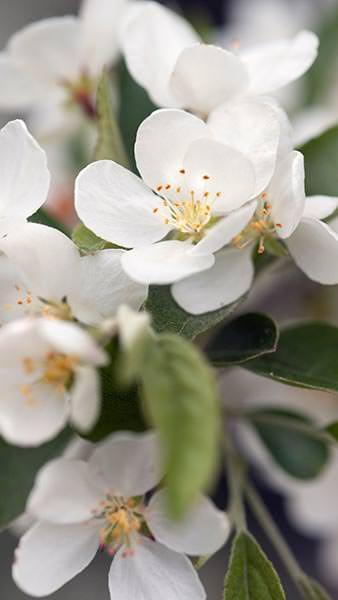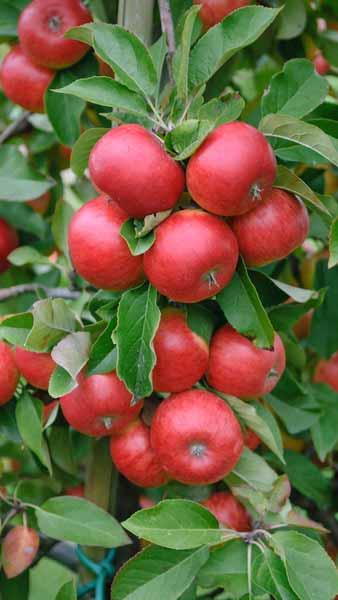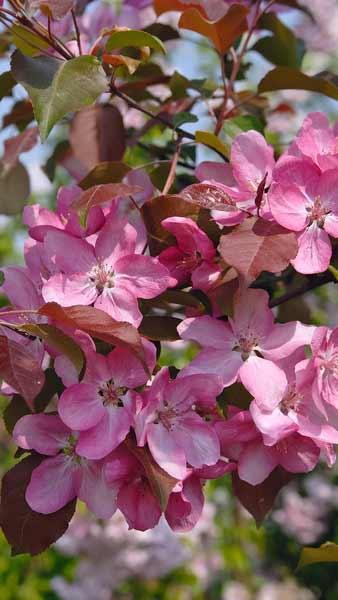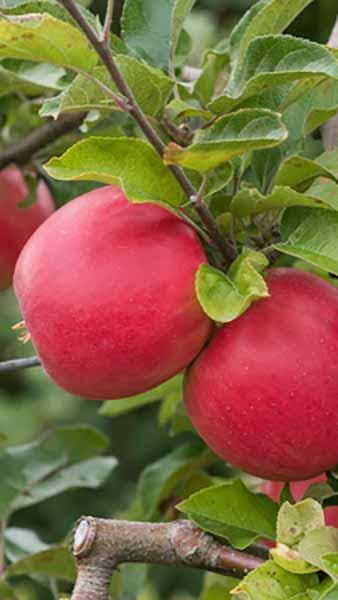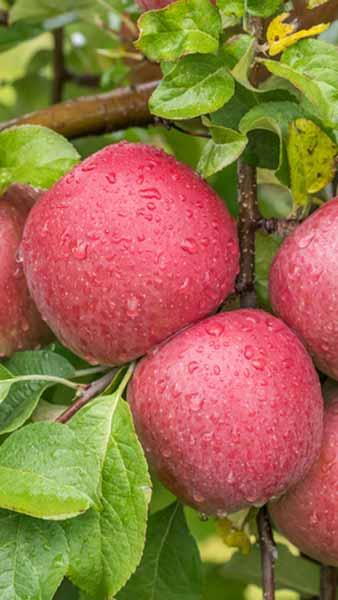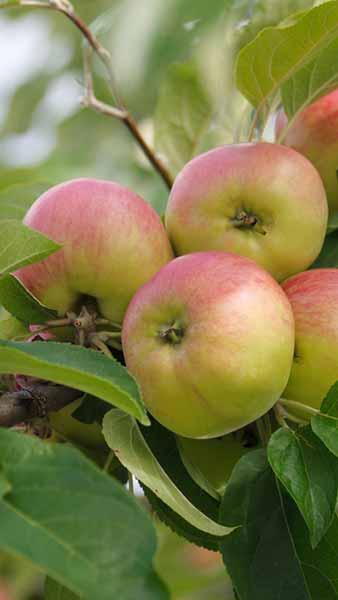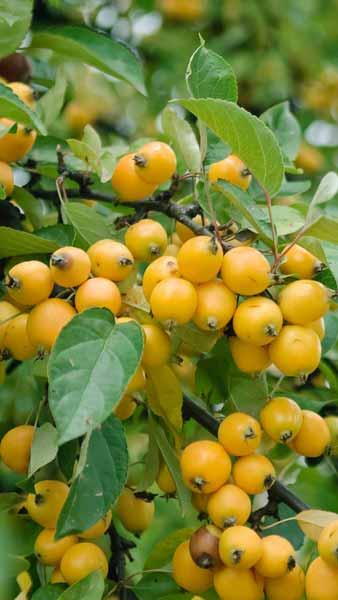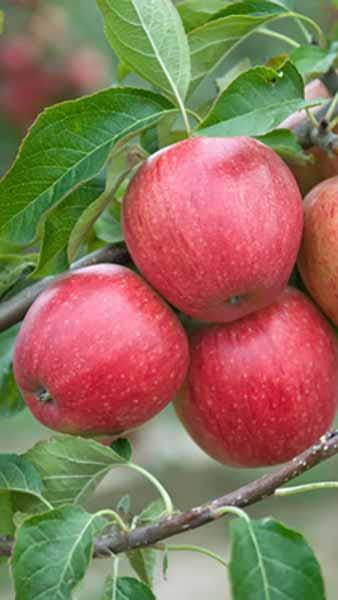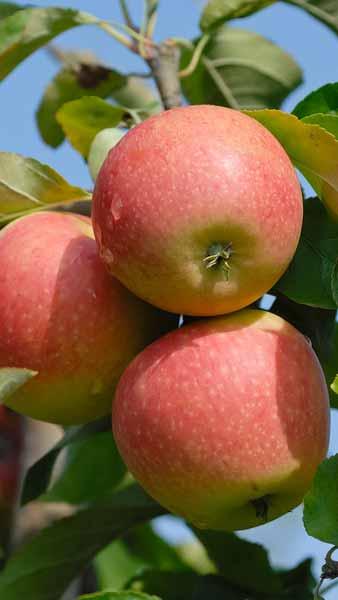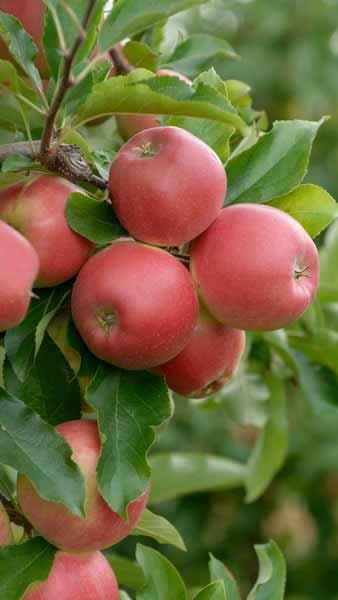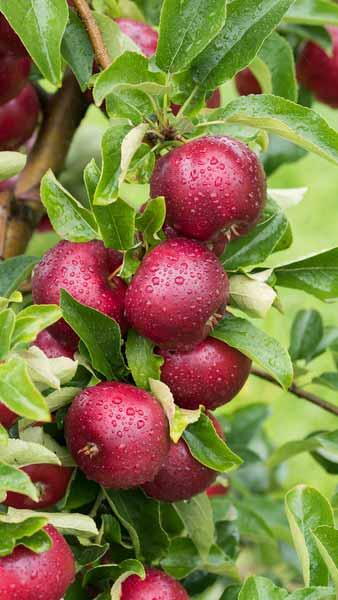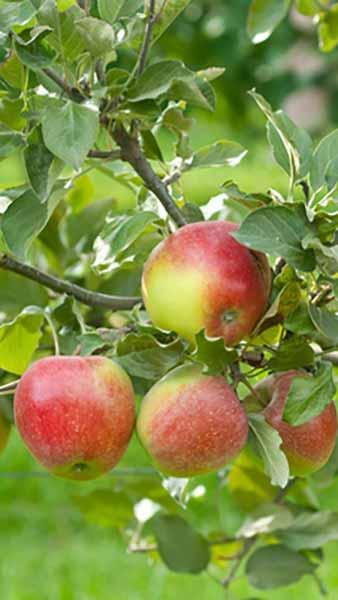Malus Toringo Malus Sieboldii Toringo Crab Apple Japanese
Malus Toringo, Malus Sieboldii also Toringo Crab AppleMalus Toringo is a small, deciduous crab apple variety, cherished for its beautiful, semi-weeping habit and prolific display of blossoms in the spring. Many names of this Japanese native include Malus Sieboldii, Siebold’s Crab Apple, Japanese Crab Apple. Since this ornamental tree keeps its compact size as it matures, it is ideally suited to be grown as a specimen tree in small gardens.Throughout the spring, thus shrubby tree is draped in clusters of small white blossoms. The flowers are pink while in the bud, but fade to a crisp white as they unfold. The clear yellow fruit that follows is tiny, round, and droops from long stalks. The simple to loosely lobed foliage starts out as dark green, but turns to warm yellow hues in the autumn. Height and Spread of Malus ToringoEven when fully developed, the Toringo Crab Apple does not take up much space in the garden. Maximum height this tree can achieve is rarely more than 3 metres. Tolerant of windy sites and paving.How Hardy Is Malus ToringoFirst introduced to the United Kingdom in 1856, Toringo Crab Apple a is fully hardy tree, even in the more severe winters.How To Use Malus ToringoPetite and unusual, this ornamental fruit tree is best suited to be grown as a focus of interest in gardens with limited space. Its semi-weeping habit offers year-round interest, but during its active season is when this cultivar is the most stunning. The masses of delicate blossoms envelop the tree’s rounded crown during spring, and the fruit that follows them doubles as a treat to the local wildlife and ornamental addition to the landscape.The tiny, berry-like fruits and graceful growth habit are best appreciated when the Toringo Crab is planted on its own, but the size and form of this cultivar lend themselves well to mixed shrub borders.Its tolerance of paving makes Toringo Crab Apple a good choice for street or avenue tree, as well.How To Care For Malus ToringoNot unlike its close relatives, the Toringo Crab Apple tree is easy to maintain in good shape. Pruning out any damaged or dead growth will keep most diseases at bay, but beyond that, there is little else this tree needs to thrive. Plant it in nutrient-rich soil, moist but well-drained. This tree can be grown in full sun or partial shade, but a sunnier location is preferred, as it will encourage more prolific flowering and fruit production.Compact and showy, this crab apple variety needs little care but offers plenty of value. This deciduous flowering tree is an excellent candidate for wildlife gardens, city gardens, and gardens that have little space to spare.
